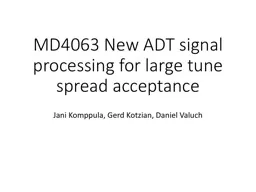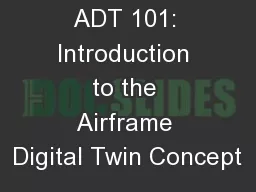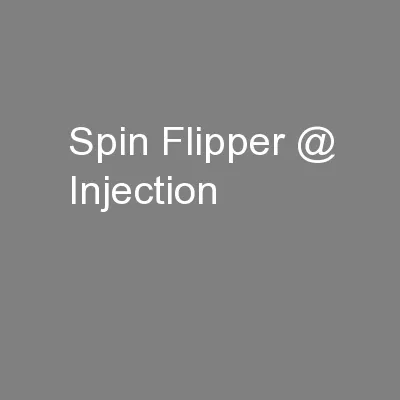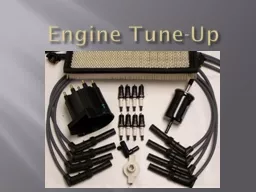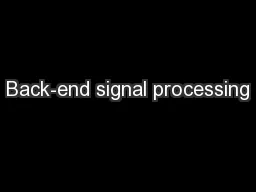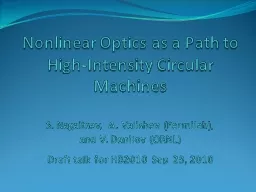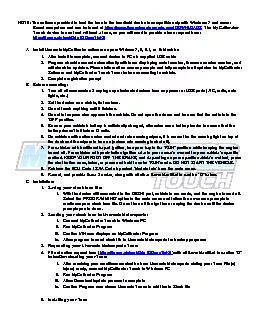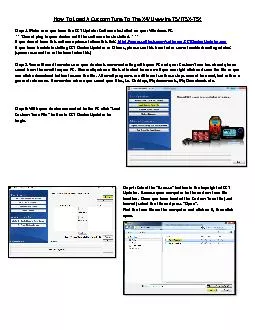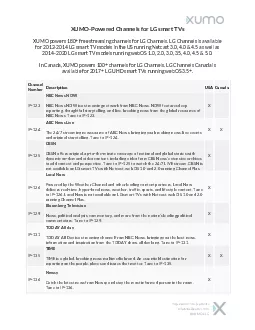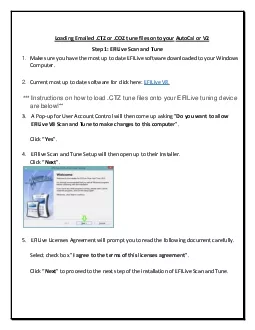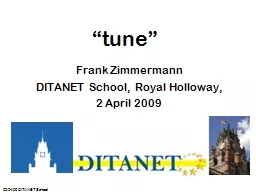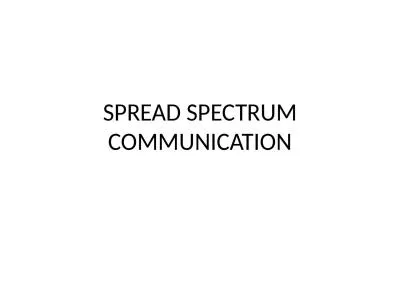PPT-MD4063 New ADT signal processing for large tune spread acceptance
Author : burganog | Published Date : 2020-07-02
Jani Komppula Gerd Kotzian Daniel Valuch LHC ADT Beam position measured bunch by bunch turn by turn The oscillatory part is extracted and the correction kick
Presentation Embed Code
Download Presentation
Download Presentation The PPT/PDF document "MD4063 New ADT signal processing for la..." is the property of its rightful owner. Permission is granted to download and print the materials on this website for personal, non-commercial use only, and to display it on your personal computer provided you do not modify the materials and that you retain all copyright notices contained in the materials. By downloading content from our website, you accept the terms of this agreement.
MD4063 New ADT signal processing for large tune spread acceptance: Transcript
Download Rules Of Document
"MD4063 New ADT signal processing for large tune spread acceptance"The content belongs to its owner. You may download and print it for personal use, without modification, and keep all copyright notices. By downloading, you agree to these terms.
Related Documents

